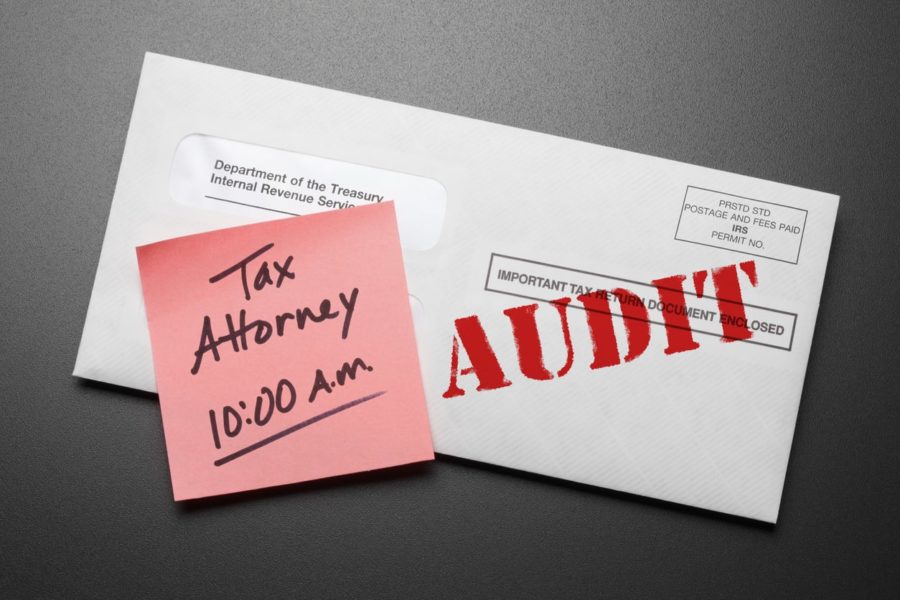If you have received a Notice CP90, it is important that you act immediately. To help you through the process, this guide examines what the notice means, and what your options are.
Each year, the IRS sends out millions and millions of notices and letters to taxpayers, for a variety of reasons. Each of these letters addresses issues from informing a taxpayer of their new tax credit, to reminding them to address their outstanding tax balance.
While the alphanumeric code the IRS uses to categorize and organize these notices can be intimidating, don’t worry. Most of these notices aren’t going to inform you of anything bad, and there are only really a handful of notices that the IRS sends out frequently. Among the worst ones, however, is Notice CP90.
Notice CP90 is the code for the IRS’s Notice of Intent to Levy. This means that the IRS is just a few steps away from formally claiming something you own to satisfy your debt to the government.
This notice never comes out of nowhere. But receiving it doesn’t automatically spell out your doom, either. You still have a few things you can do to stall the levy, address it head on, or have it released.
Understanding Notice CP90
Notice CP90 is one of the last warnings the IRS gives you before issuing a levy on your property, accounts, or even wages. To understand CP90, we need to understand what a tax levy from the IRS looks like.
A levy is a physical claim on a property or asset you own for the purpose of paying off your tax debt. If you are employed, the IRS may claim a levy on your wages via your employer. A portion of your salary will then be withheld each month to pay off your tax debt, proportionate to your number of dependents (i.e. fewer dependents, bigger levy). This is also known as wage garnishment.
If you are self-employed, it’s more likely that the IRS will claim one of your assets to liquidate for cash.
Not only does this mean that the government can claim and sell secondary properties, cars, or other assets, but it also means that the IRS won’t necessarily try and get the most value out of the asset they’ve claimed – instead, they will sell it at a calculated minimum bid price, equivalent to at least 80 percent of the seized property’s forced sale value, minus liens. It won’t keep the house on the market for months waiting for the right deal.
Levies are one of the final measures the IRS may use during its collection process to collect on outstanding tax debt and reduce the tax gap. The IRS will usually go through a number of different steps to coerce payment before resorting to a levy.
Levies vs. Liens
Levies are not to be confused with tax liens. Tax liens are a legal claim on everything you own, kind of like having the government forcibly name your possessions as collateral for your tax debt.
This doesn’t mean the IRS will come and take everything away from you, but it does greatly limit your ability to seek financing or pay off other debts, as a lien effectively pushes the government up to the top of the priority list for your debts. As with levies, you can negotiate a release on a lien. It’s all about showing a commitment to reducing your tax debt and navigating the process with professional help.
What Receiving a Notice CP90 Means
There are two elements to a Notice CP90.
The first element is that you are being informed of the IRS’s intent to levy assets in your possession to reduce the outstanding balance on your tax account. The IRS will do so 30 days after the date on the letter.
The second element is that you are being informed of your right to a Collection Due Process hearing. This second element is just as important as the first. You still have options to keep this from happening, to reduce the severity of the consequences, or to tackle the issue head on. But you must act now. You can:
-
-
- Talk to a tax professional, an accountant, a financial advisor, or a lawyer. Discuss your situation in detail, explain where what went wrong with your taxes, gather the information and paperwork you have – including your last few returns and financial details – and talk about your options, from taking things to the Independent Office of Appeals, to discussing payment plans.
- Consider a payment plan and installment agreement. The IRS offers taxpayers different ways to pay their debt, including lump sum payments within a few months, or monthly installments. Taxpayers with severe financial difficulties can even get a reduced total debt, or a temporary pause on any and all collection efforts.
-
Do you disagree with the notice? Was it sent by mistake? You can request a Collection Due Process hearing and appeal the intent to levy.
Don’t Miss Your Deadline
You have 30 days to sort things out. That is plenty of time to contact a lawyer, discuss your situation, think things through, and get in touch with the IRS.
They won’t come for everything you own and leave you out in a ditch, either – there are limitations on what the IRS can and cannot levy, and if their collection process begins to place you or your family under financial distress, you can take steps to pause the IRS’s collection process until your financial situation improves.
Note that if you miss your deadline, you will lose the right to a Collection Due Process hearing. This means you will not be able to fight the levy that way.
What Do I Do Now?
Get in touch with a professional. Call the IRS. Review your tax account. Get help filing your tax returns. Formulate a payment plan. Get advice on creating a potential offer in compromise.
Regardless of what you do next, don’t do nothing. Any action will bring you further away from a potential levy, as long as you act now. Concerned about how best to navigate the waters of tax law and Notice CP90? Get in touch with us at Rush Tax Resolution for more information.

